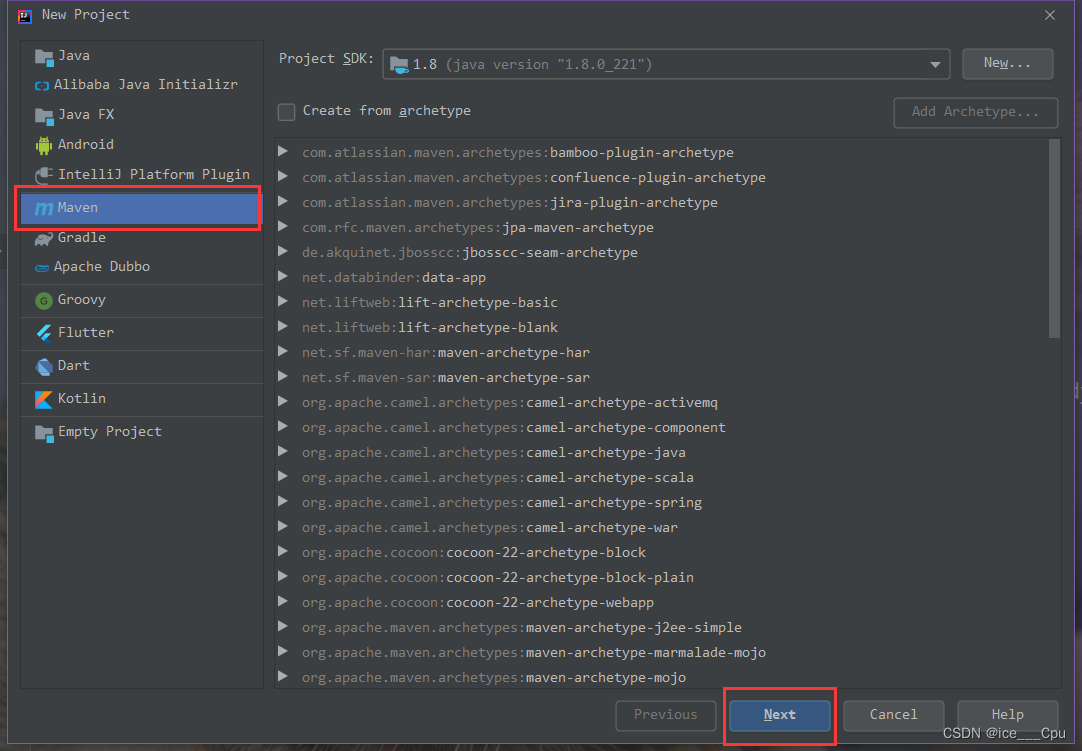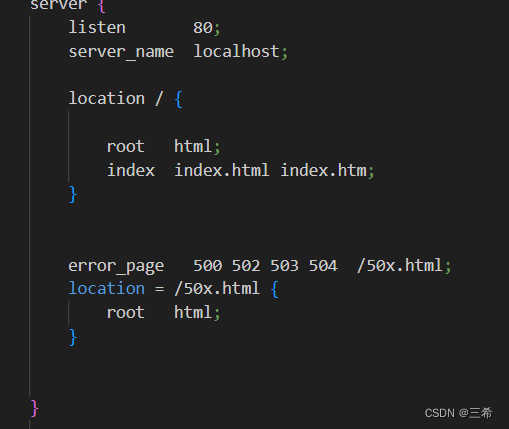当系统卡顿时候,我们需要分析时间花费在哪个缓解。项目的后端接口可以记录一些时间,此外,在我们的tomcat容器和nginx网关上也可以记录一些有关请求用户,请求时间,响应时间的数据,可以提供更多的信息以便于排查问题。
1.tomcat日志
<Valve className="org.apache.catalina.valves.AccessLogValve" directory="logs"
prefix="localhost_access_log" suffix=".txt"
pattern="%h %l %u %I %t &quot;%r&quot; %s %b %D" />
%a – 远程主机的IP (Remote IP address)
%A – 本机IP (Local IP address)
%b – 发送字节数,不包含HTTP头,0字节则显示 ‘-’ (Bytes sent, excluding HTTP headers, or ‘-’ if no bytes
were sent)
%B – 发送字节数,不包含HTTP头 (Bytes sent, excluding HTTP headers)
%h – 远程主机名 (Remote host name)
%H – 请求的具体协议,HTTP/1.0 或 HTTP/1.1 (Request protocol)
%l – 远程用户名,始终为 ‘-’ (Remote logical username from identd (always returns ‘-’))
%m – 请求方式,GET, POST, PUT (Request method)
%p – 本机端口 (Local port)
%q – 查询串 (Query string (prepended with a ‘?’ if it exists, otherwise
an empty string)
%r – HTTP请求中的第一行 (First line of the request)
%s – HTTP状态码 (HTTP status code of the response)
%S – 用户会话ID (User session ID)
%t – 访问日期和时间 (Date and time, in Common Log Format format)
%u – 已经验证的远程用户 (Remote user that was authenticated
%U – 请求的URL路径 (Requested URL path)
%v – 本地服务器名 (Local server name)
%D – 处理请求所耗费的毫秒数 (Time taken to process the request, in millis)
%T – 处理请求所耗费的秒数 (Time taken to process the request, in seconds)
你可以用以上的任意组合来定制你的访问日志格式,也可以用下面两个别名common和combined来指定常用的日志格式:
common – %h %l %u %t "%r" %s %b
combined -
%h %l %u %t "%r" %s %b "%{Referer}i" "%{User-Agent}i"
另外你还可以将cookie, 客户端请求中带的HTTP头(incoming header), 会话(session)或是ServletRequest中的数据都写到Tomcat的访问日志中,你可以用下面的语法来引用。
%{xxx}i – 记录客户端请求中带的HTTP头xxx(incoming headers)
%{xxx}c – 记录特定的cookie xxx
%{xxx}r – 记录ServletRequest中的xxx属性(attribute)
%{xxx}s – 记录HttpSession中的xxx属性(attribute)2.nginx日志
log_format access_json '{"@timestamp":"$time_iso8601",'
'"host":"$server_addr",'
'"clientip":"$remote_addr",'
'"size":$body_bytes_sent,'
'"responsetime":$request_time,'
'"upstreamtime":"$upstream_response_time",'
'"upstreamhost":"$upstream_addr",'
'"login_user":"$cookie_login_user",'
'"http_host":"$host",'
'"request":"$request",'
'"domain":"$host",'
'"xff":"$http_x_forwarded_for",'
'"referer":"$http_referer",'
'"status":"$status"}';
request_time(单位为秒)
官网描述:request processing time in seconds with a milliseconds resolution; time elapsed between the first bytes were read from the client and the log write after the last bytes were sent to the client。
指的就是从接受用户请求的第一个字节到发送完响应数据的时间,即$request_time包括接收客户端请求数据的时间、后端程序响应的时间、发送响应数据给客户端的时间(不包含写日志的时间)。
upstream_response_time(单位为秒)
官网描述:keeps time spent on receiving the response from the upstream server; the time is kept in seconds with millisecond resolution. Times of several responses are separated by commas and colons like addresses in the $upstream_addr variable.。
是指从Nginx向后端建立连接开始到接受完数据然后关闭连接为止的时间。
从上面的描述可以看出,$request_time肯定比$upstream_response_time值大;尤其是在客户端采用POST方式提交较大的数据,响应体比较大的时候。在客户端网络条件差的时候,$request_time还会被放大。
Tomcat访问日志浅析_org.apache.catalina.valves.accesslogvalve_yaerfeng的博客-CSDN博客
Nginx – request_time和upstream_response_time详解_nginx request_time_zzhongcy的博客-CSDN博客
原文地址:https://blog.csdn.net/lgq2016/article/details/132085031
本文来自互联网用户投稿,该文观点仅代表作者本人,不代表本站立场。本站仅提供信息存储空间服务,不拥有所有权,不承担相关法律责任。
如若转载,请注明出处:http://www.7code.cn/show_50235.html
如若内容造成侵权/违法违规/事实不符,请联系代码007邮箱:suwngjj01@126.com进行投诉反馈,一经查实,立即删除!








